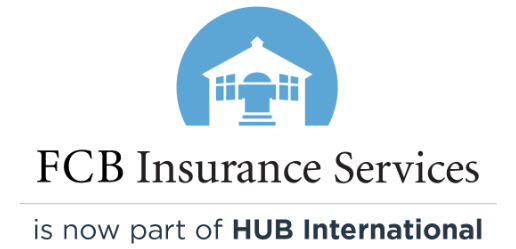Hurricanes can destroy property and upend lives. But there are lots of things you can do right now, before a storm hits, to minimize the potential impacts on your home and family. And advance planning is key. When a powerful storm is bearing down, it may be too late to protect your property.
The hurricane season officially runs from June 1 through Nov. 30. Threats include:
- High winds
- Heavy rainfall
- Storm surge
- Coastal and inland flooding
- Rip currents
- Tornadoes
Powerful hurricane winds can damage or destroy homes, buildings, and roads and cause utility outages.
Coastal flooding triggered by hurricanes is as destructive as wind and can be even more deadly. Hurricanes produce widespread torrential rains that can trigger landslides and debris flow. Flash flooding, a rapid rise in water levels, can occur quickly due to intense rainfall over a relatively short period of time.
Here’s an overview of important steps you can take to prepare for hurricane season.
Prepare a survival kit
You can build your supplies over time by adding items gradually; it doesn’t need to happen all at once. You’ll want to stock the items you need both during the storm itself and in the immediate aftermath.
Keep track of your inventory, including the expiration dates of things like batteries and nonperishable food, and refresh supplies as needed.
The Red Cross recommends that your emergency kit include:
- Water: 1 gallon per person, per day (3-day supply for evacuation; 2-week supply for home)
- Food: Nonperishable, easy-to-prepare items (3-day supply for evacuation; 2-week supply for home)
- Flashlight
- Battery-powered or hand-crank radio (NOAA Weather Radio, if possible)
- Extra batteries
- Family-size first-aid kit
- Medications (7-day supply) and medical items: Hearing aids, glasses, contact lenses, syringes, etc.
- Multipurpose tool
- Sanitation and personal hygiene items
- Copies of important documents: Seal them in a watertight container to keep them safe. Keep the originals and other documents elsewhere – with a trusted person who lives in a different area, in a bank safe deposit box or in secure cloud storage.
- Cellphone and charger
- Family and emergency contact information
- Extra cash
- Emergency blanket: Choose one that’s waterproof, windproof, easily packable, and won’t shred.
- Map(s) of the area
- Extra set of car keys and house keys
- Pet supplies (if applicable)
- Manual can opener
Plan for evacuation
Be prepared to evacuate and do so immediately when the order is issued. Know your route, your destination, and make sure you have a full tank of fuel. Get the information on official area shelter locations from your local government or the Red Cross. They can also tell you what you are and are not allowed to bring (including pets).
If you plan to leave the area, check the news for information on road closings and traffic bottlenecks. Keep a detailed old-school map in your car in case you’re not able to access route guidance online.
Protect your property
It’s a good idea to take a detailed inventory of all of your belongings and update it annually. Supplement it with photos and videos, if you can, and keep at least one copy in a safe place away from your home; cloud storage is ideal. Putting this list together may seem like a tedious task, but it will greatly simplify any post-hurricane insurance claims you need to make.
Here are some tips on how to prepare your home for a hurricane:
- Shutters: Install shutters on all windows, the Insurance Institute for Business & Home Safety (IBHS) recommends. Use plywood only as a last resort.
- Doors: FEMA recommends closing all interior doors in addition to all windows and exterior doors, to reduce damage risks. According to IBHS, closing interior doors reduces pressure on the roof during a storm, which gives it a better chance of staying intact.
- Surroundings: Before the storm hits, bring in loose items, such as garbage cans and lawn furniture, and pick up any debris in the yard that could act as a projectile during high winds. Secure weak or loose fencing.
- Trees: Cut weak or damaged tree branches, along with branches that could snap in high winds and damage property below them.
- Seals: IBHS recommends sealing off small openings and gaps with silicone caulk.
As the storm moves closer, follow this last-minute hurricane preparedness checklist:
- Place all appliances that are on the ground floor, including stove, washer and dryer, on masonry blocks or concrete.
- Lift furniture and electronic devices off the floor. This is particularly crucial for items in basements and on the first floor.
- Remove area rugs from floors so they won’t get wet and grow mold or mildew.
- Put fresh batteries in sump pumps.
- If you have an emergency generator, make sure it’s fueled up, and keep spare fuel on hand in a safe location.
- Shut off electrical service at the main breaker if the electrical system and outlets could possibly end up underwater.
If you have any claim emergencies, please call our main office line at (203) 438-0404. Alternatively, you can report claims directly to your insurance carrier. We have a list of contacts for the companies we work with here.
We thank you for your continued business.
Stay Safe!
